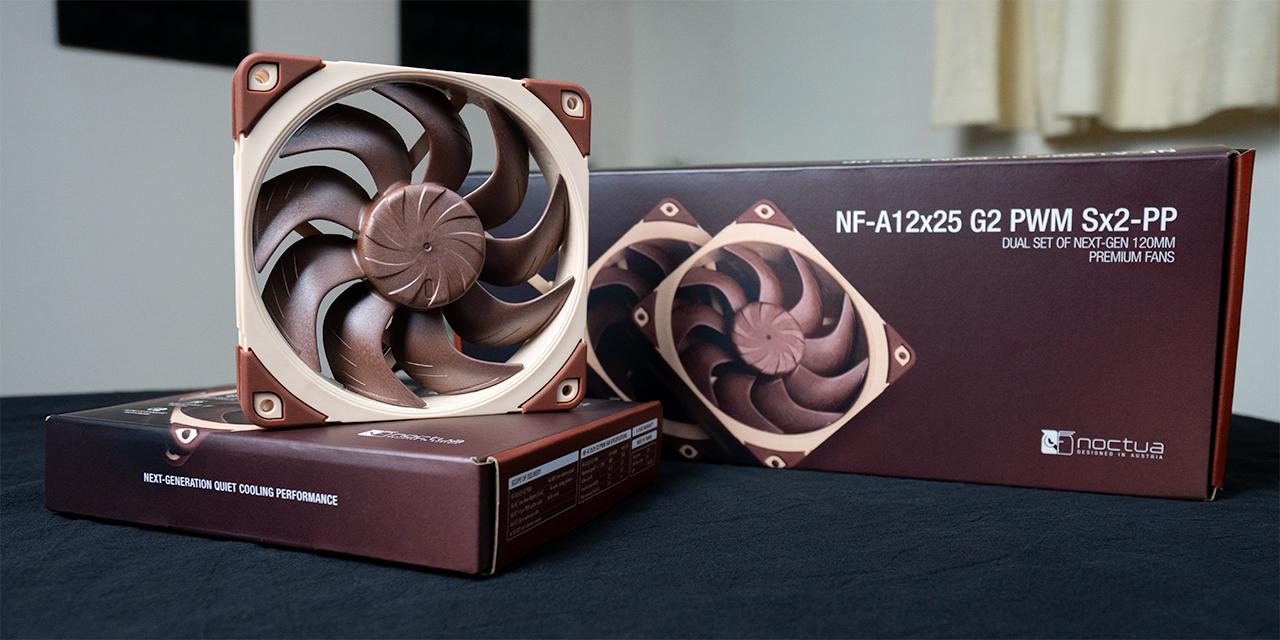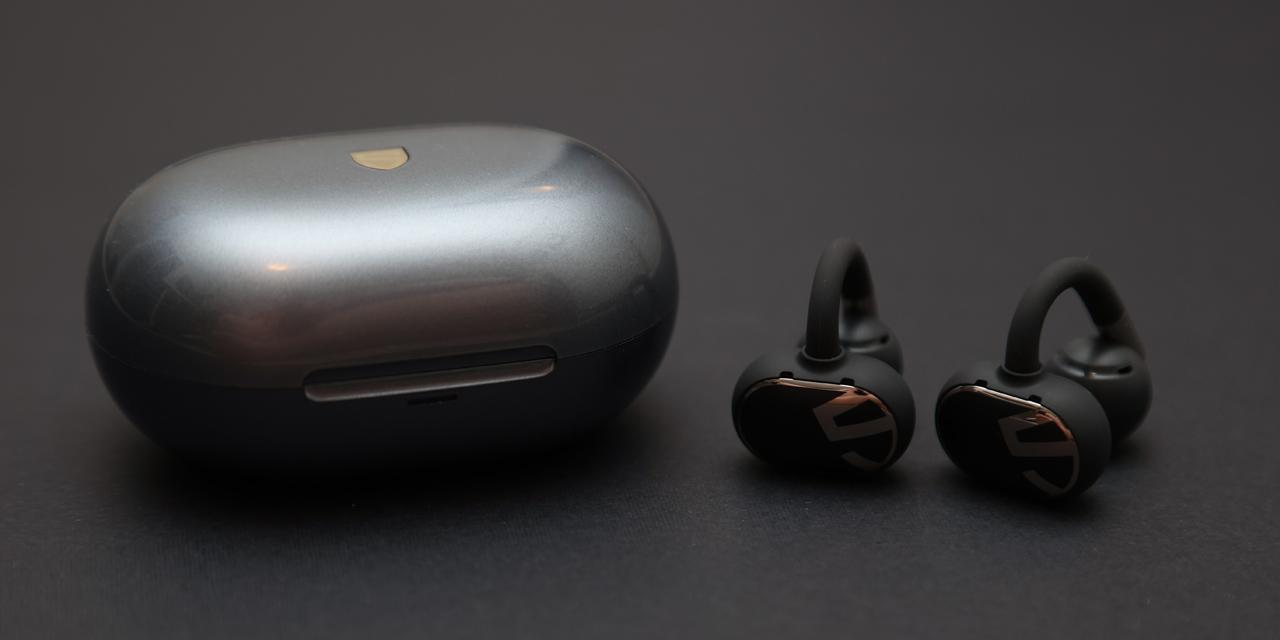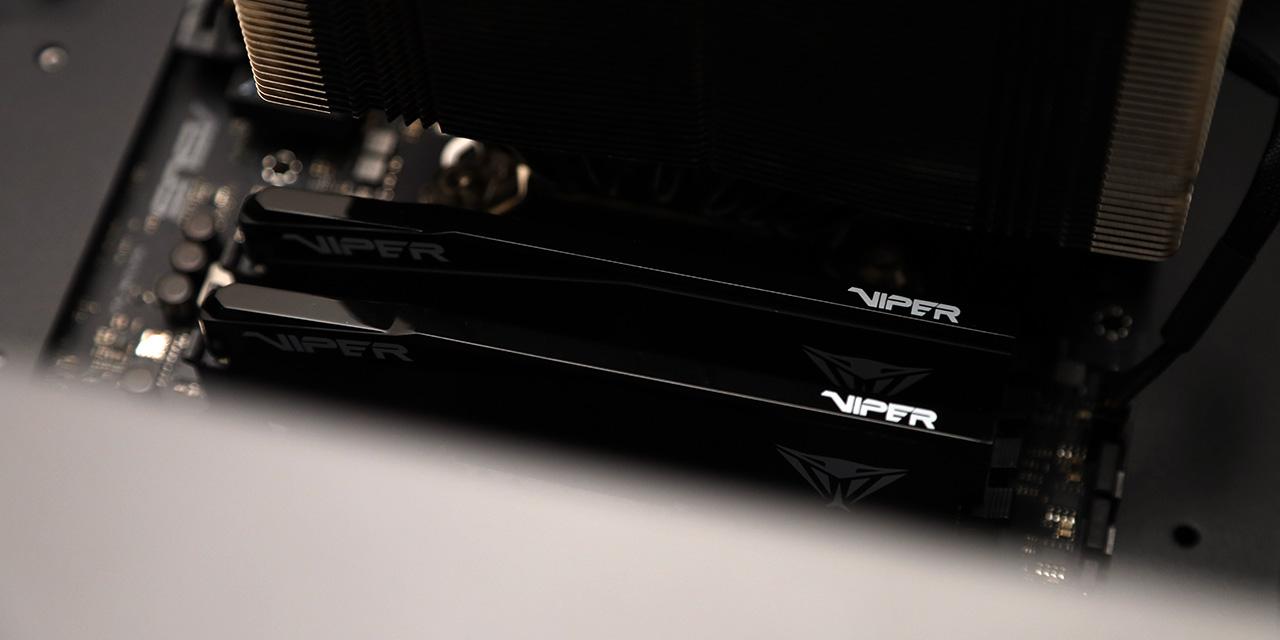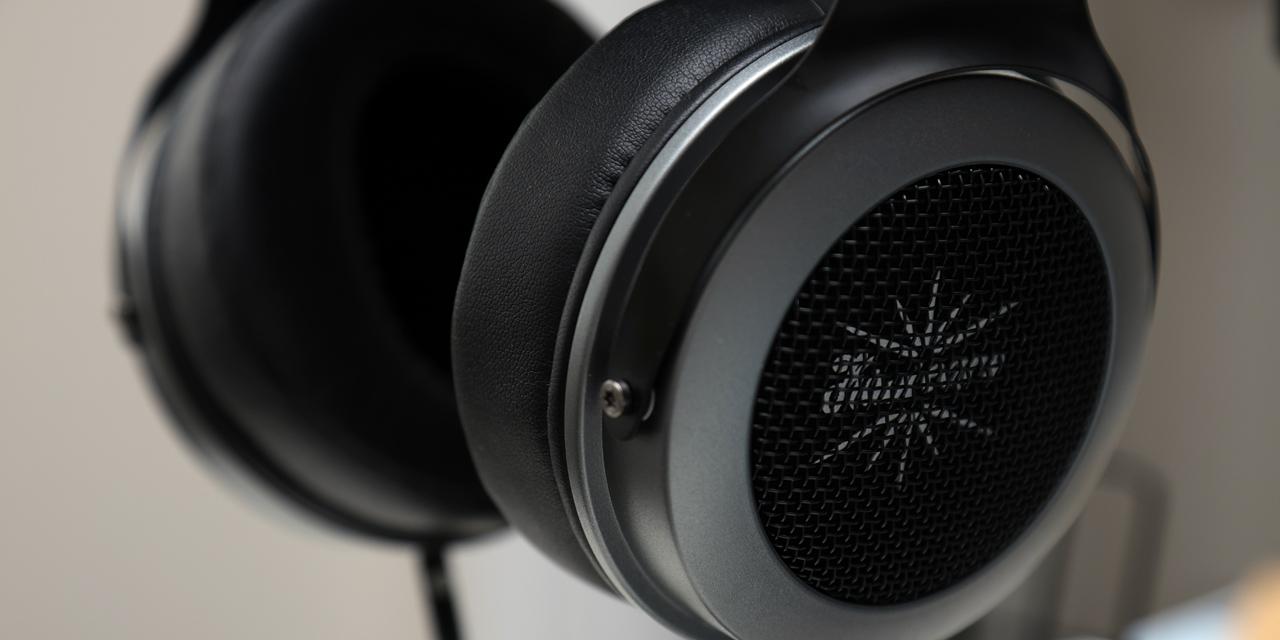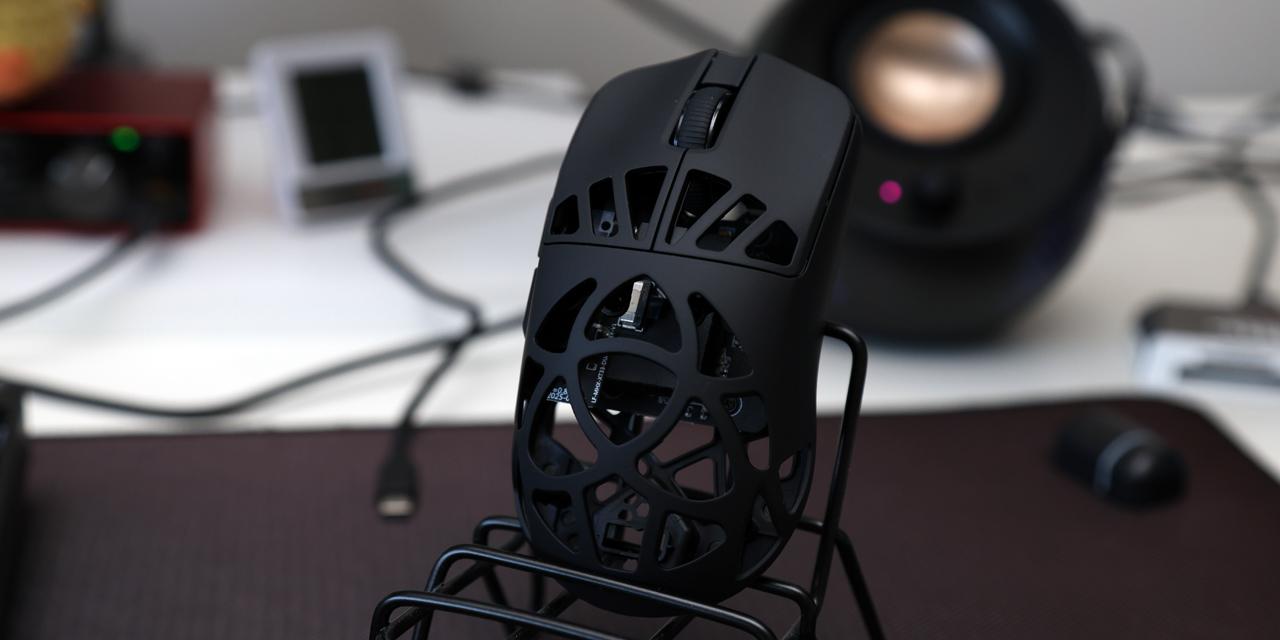Page 2 - Physical Look - Hardware and Software

The Turtle Beach Stealth 700 Gen 3 has a mature and refined design. Our review unit comes in black with silver accents. It is also available in Cobalt Blue with copper accents or white with silver accents. Compared to the Stealth 700 Gen 2 MAX, this one is sleeker and feels more premium despite its massive cans. Like the Gen 2, the Gen 3 does not have a heavy gamer aesthetic, but sticks with a mature and tasteful appearance. Instead of the Turtle beach logo on the outside of each ear, the text-based logo is silver. The ear cups are black with a silver accent surround that is inside the cans. Each side has a silver-colored arching metal arm attached to the adjustable headband. On top of the headband is an embossed Turtle Beach logo. The headset is primarily plastic and reinforced with metal in several places. The plastics on the headset have a matte finish and do not attract fingerprints. Impressively, the silver metal and plastic parts have perfectly matched color and texture, which is often difficult to do. Overall, the headset feels solid with no loose rattling parts and minimal creaking when flexed.

Taking a closer look at the two ear units, we find two massive D-shaped cans. Each ear unit is approximately 58mm thick, with 20mm dedicated to the ear pads alone. The ear pads are very plush, featuring a leatherette outer rim and an "athletic weave" fabric surface and interior. The fabric is soft and smooth, and this prevents my ears from overheating. Inside the ear cups, the memory foam is dual-density and incorporates glasses-friendly ProSpecs technology, which I found to comfortably accommodate the glasses I wear. The ear cups feel well-cushioned and evenly distribute pressure. The ear pads are removable by pushing outward on the inner frame. The headphones have 60mm Eclipse dual drivers on each side. Based on the promotional video, there appears to be a smaller central driver for high-frequency sounds and a larger surrounding driver for low frequencies. The Eclipse drivers are capable of reproducing frequencies ranging from 20Hz to 20kHz, covering the full range of normal human hearing. A fine mesh covering a plastic grille protects the drivers from accidental damage while allowing sound to pass through.

The Stealth 700 Gen 3 fits comfortably despite its generous size. I could not find the official weight in the specifications, so I took out my coffee scale, and it measured in at 408g. This is a hefty headset, yet the Stealth 700 manages to remain comfortable on my head for hours at a time, although some weight reduction is always welcomed. The cushioning on the headband is covered by a leatherette material and is adequately plush. The headband is adjustable, with fourteen adjustment clicks on each side. Although there are no markings for the adjustments, the detents are firm enough to prevent accidental changes. I am unsure if the headband itself has metal reinforcement inside, but the extending portion is plastic. The arms that attach directly to the ear units are metal and swivel approximately 30 degrees forward and 90 degrees back to a flat position, allowing the headset to accommodate different head shapes. The clamping force is sufficient to keep the headset secure. I can walk around the house without worrying about it falling off, although I would avoid running or jumping while wearing it.

There are quite a number of features on the Stealth 700 headset. On the right ear unit, there is a button that switches between the Xbox and PC USB transmitters, rubber-coated Bluetooth volume knob, and a Bluetooth connection button. This last input doubles as play/pause, forward/backward, and voice assistant control for a connected Bluetooth device such as a phone. On the left ear unit, there is a programmable mode button that switches between default sound profiles. A rubberized volume wheel sits under the mode button. This wheel has a tire tread pattern. A dotted texture wheel that controls microphone monitoring sits below, followed by a USB Type-C port for charging and the power button with a light up ring. Pressing the power button for about two seconds will turn it on or off with a flash of green or red to indicate status. A quick press will turn on the “Superhuman Hearing” mode.
The microphone is located on the front of the left ear unit. It hides folded snugly inside and swings downward for use. The microphone automatically turns on when fully extended, and users can move it to be slightly closer to the side of their mouth. There is also a handy halfway detent that instantly mutes the microphone in case of outside interruptions. The microphone has a 16-bit bit depth and sample rate of 32kHz. Unfortunately, there is no passive passthrough port for wired listening.

The Stealth 700 Gen 3 comes with a few accessories. The 0.7m USB Type-A to Type-C cable is fairly generic, featuring a Turtle Beach logo debossed into the Type-A casing. My only complaint is that the cable is quite short. The Gen 3 includes two USB Type-A transmitters, unlike its predecessors, which only came with a single transmitter with a mode switcher. The Gen 3 has separate transmitters labeled Xbox and PC. Despite these labels, the Xbox transmitter can be used with a PC and is recognized as a headset.
Interestingly, the PC transmitter is recognized as a speaker on my computer. When I updated the headset, both transmitters needed to be plugged into my PC. Each transmitter features an illuminated strip on the top to indicate its status. It shines solid green when the headset is connected and the microphone is active, breathing red when connected with the microphone off, solid yellow when the headset is on but connected to a different transmitter, and flashes green when the headset is off and not connected.
Wireless connectivity is solid. I did not notice any latency with the 2.4GHz transmitter and slight latency when gaming over Bluetooth 5.2. Audio quality over the 2.4GHz transmitter on PC is high-fidelity with a 24-bit bit depth and 96kHz sample rate. This exceeds the minimum data rate of lossless audio quality. One notable feature is that the headset can connect simultaneously to the USB transmitters and Bluetooth. This allows you to stay connected to your phone and PC or console at the same time. This is particularly convenient for taking important calls or receiving notifications, even during intense gaming sessions.

The Turtle Beach Swarm II software provides access to all the features of the Stealth 700 Gen 3. A mobile application is also available for both iOS and Android. The Swarm II software allows users to adjust various audio and microphone settings. These features are categorized into Settings, Equalizer, Button Assignment, and Additional Settings.
Under Settings, users can configure the master volume and enable Superhuman Hearing, a feature that amplifies specific sounds -- such as footsteps, weapon reloads, and distant gunfire -- to enhance situational awareness. Microphone settings include adjustments for sensitivity, monitoring volume, and the application of a noise gate. The noise gate is particularly useful for allowing only sounds above a certain threshold to pass through. A 10-band equalizer is available for both the audio output and the microphone, enabling users to customize their audio experience. The mode button can be programmed to trigger equalizer presets or toggle the microphone noise gate. Additionally, the microphone monitoring volume wheel can be adjusted to boost the bass, enhance the treble, or modify the microphone noise gate volume.
In Additional Settings, the software displays battery and connection statuses. Users can assign certain hotkeys to their keyboard for convenience. The transmitter's LED brightness can also be adjusted, which is particularly useful in dark environments. Furthermore, the software provides options to adjust voice and tone prompt volumes. However, changing these values did not seem to have an effect. Hopefully, this will be fixed, as I would appreciate having the ability to use it. Overall, the software is zippy and clear to use, while offering many customizations and adjustments to suit the user's needs.
Page Index
1. Introduction, Packaging, Specifications
2. Physical Look - Hardware and Software
3. Subjective Audio Analysis
4. Conclusion
